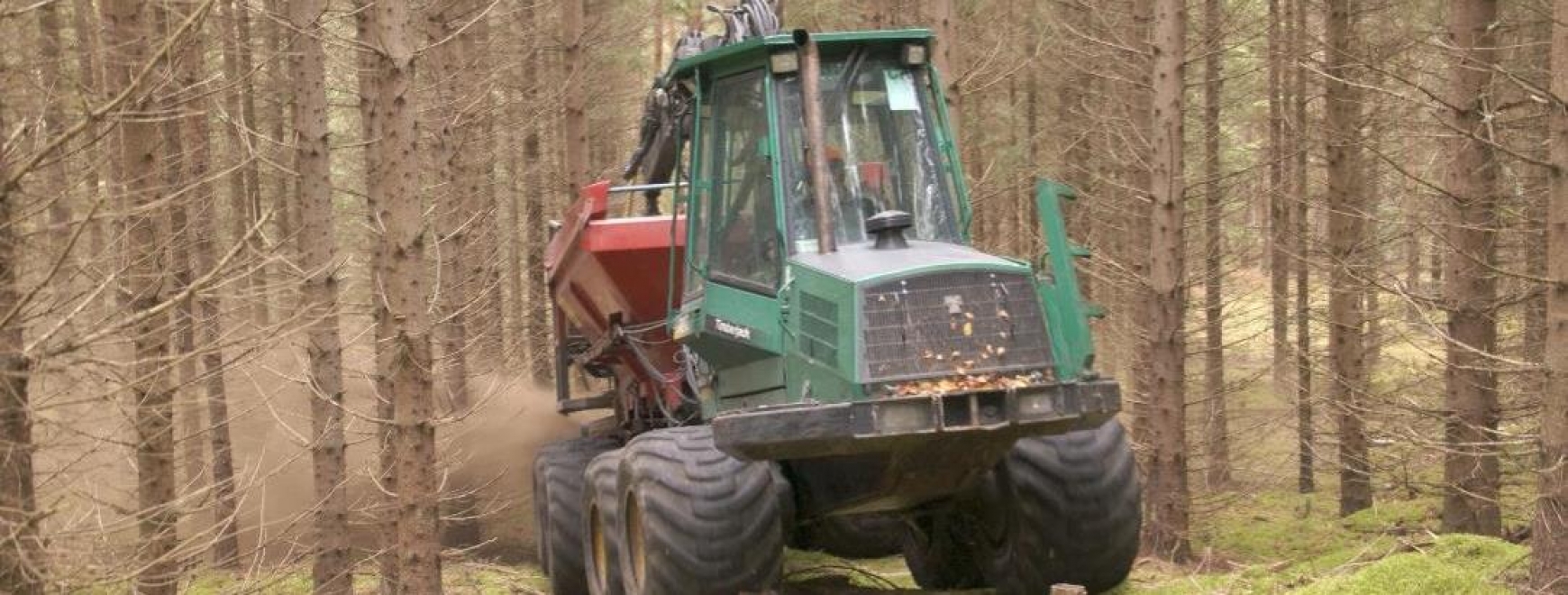The Wood Heat Association (WHA) Conference often tackles interesting and sometimes overlooked aspects of the use of biomass. This year was no different, as one of the sessions explored whether the ash from biomass combustion was a valuable resource or simply a waste. The conference organisers invited Stefan Andersson from the Swedish Forest Agency to give us an insight into how they use ash for the benefit of the land.
Firstly, Stefan described how the harvesting of biomass has an acidifying effect on the land that is being harvested and, although the residues left behind contain more than half the nutrients in the tree being harvested, the ash can be used as a substitute lime for neutralising the acidifying effect.
Sweden produces approximately 1.8 million tonnes of ash per year, of which some 15% is biomass-derived (most of the rest comes from the combustion of waste). This is a resource that they actively use and some 270,000 tonnes of ash is routinely returned to the forest in a recycling project covering some 10,000 hectares annually.
As you would expect, the spreading of ash on forest land isn’t simply a scatter and hope approach. The ashes from mainly forest or pure wood fuels are hardened into pellets or granules and tested to ensure the constituent elements meet exacting standards for their nutrient content and do not contain excessive levels of heavy metals or other toxic substances/contaminants. After this, they are spread by wheeled machinery into the forest according to a GPS controlled pattern ensuring efficiency and evenness of spreading.
So, will we see this type of activity over here? Well, there was certainly a level of interest amongst the delegates at the conference and whilst the ash has a value as a nutrient-rich fertiliser, it will still cost the landowner to spread it and therefore will cost more than the ‘do nothing’ approach that many currently employ. In the meantime, above is a great picture of a big wheeled machine spreading ash to pique your interest!
I have written two other blogs about my time at the WHA Conference and you can read them here:


